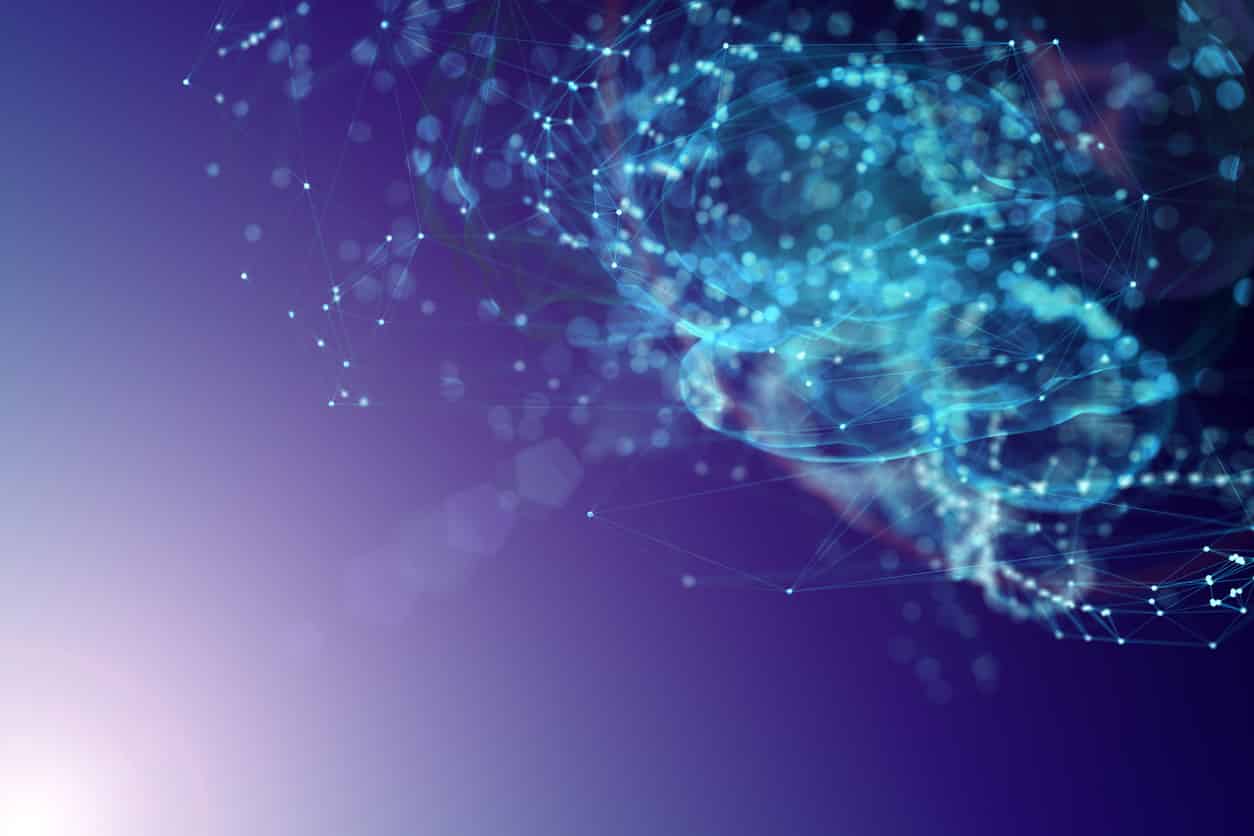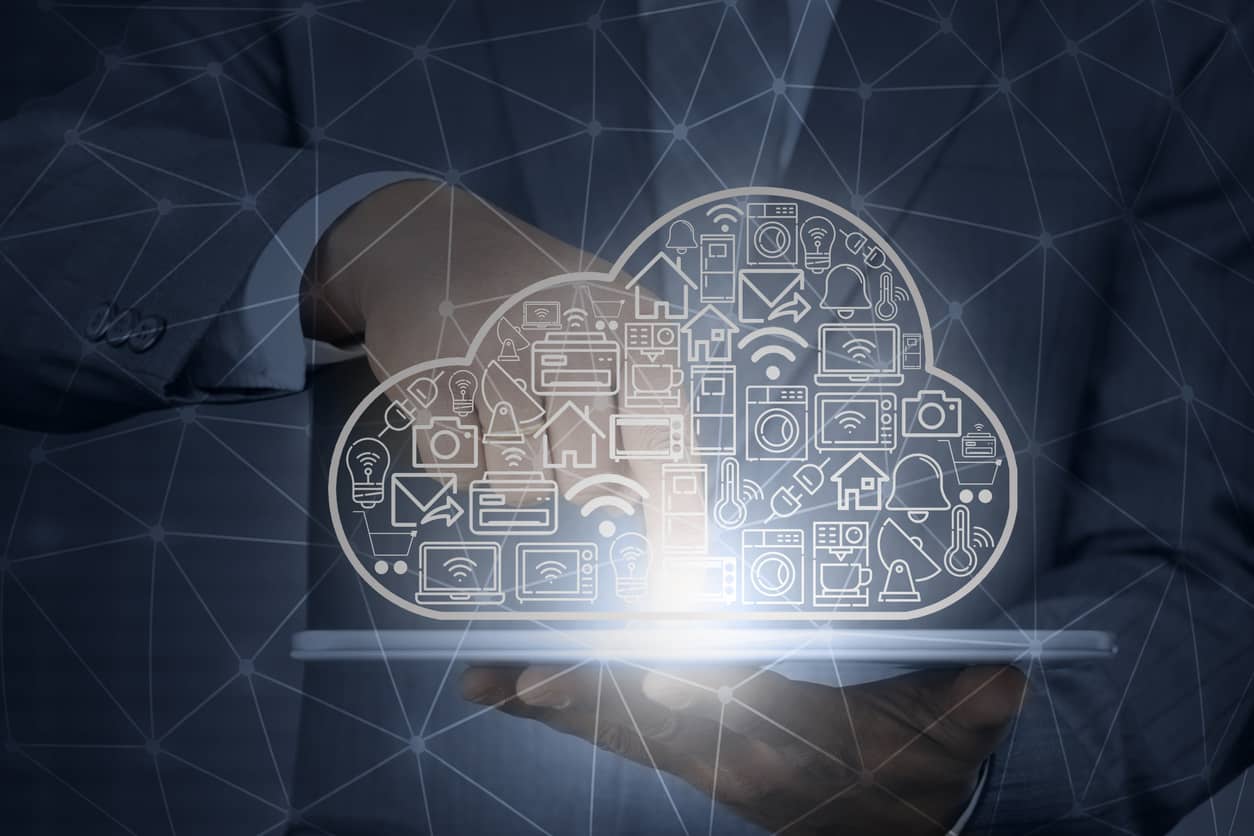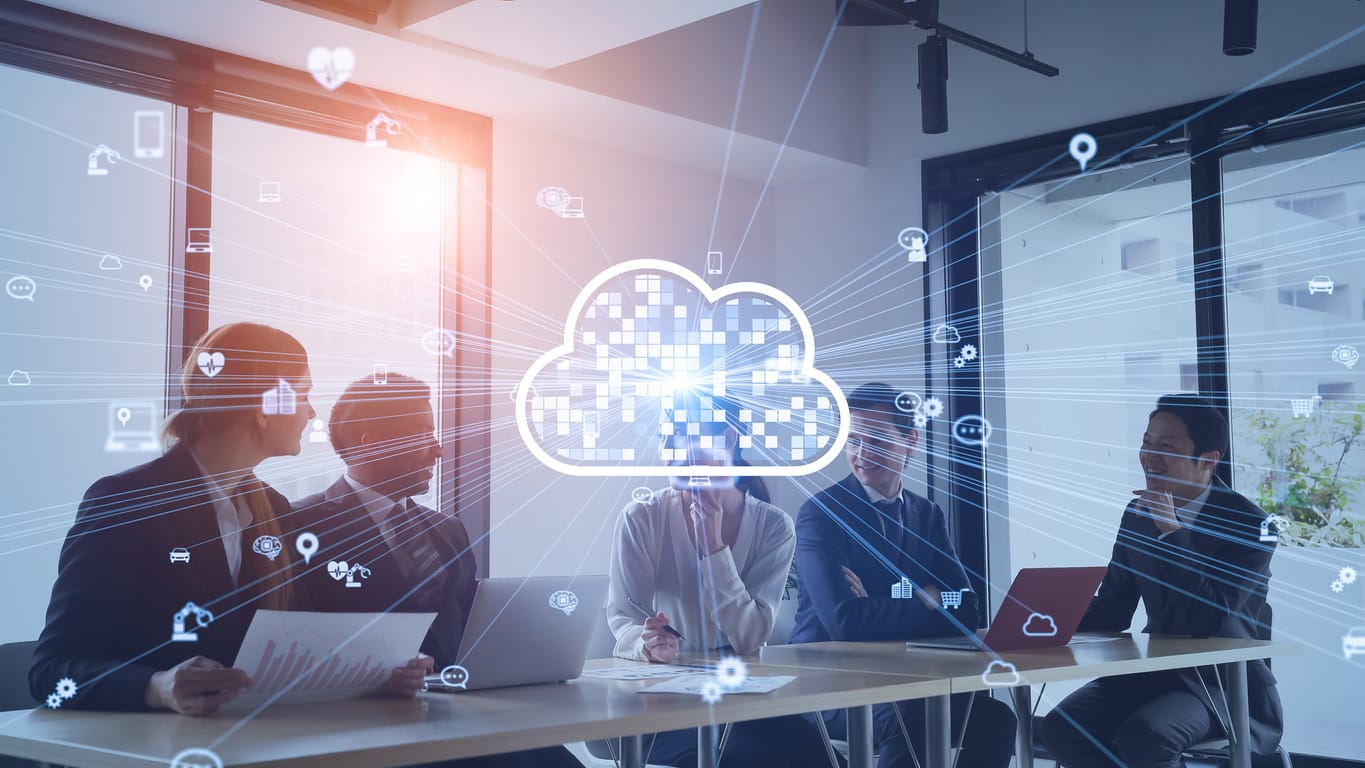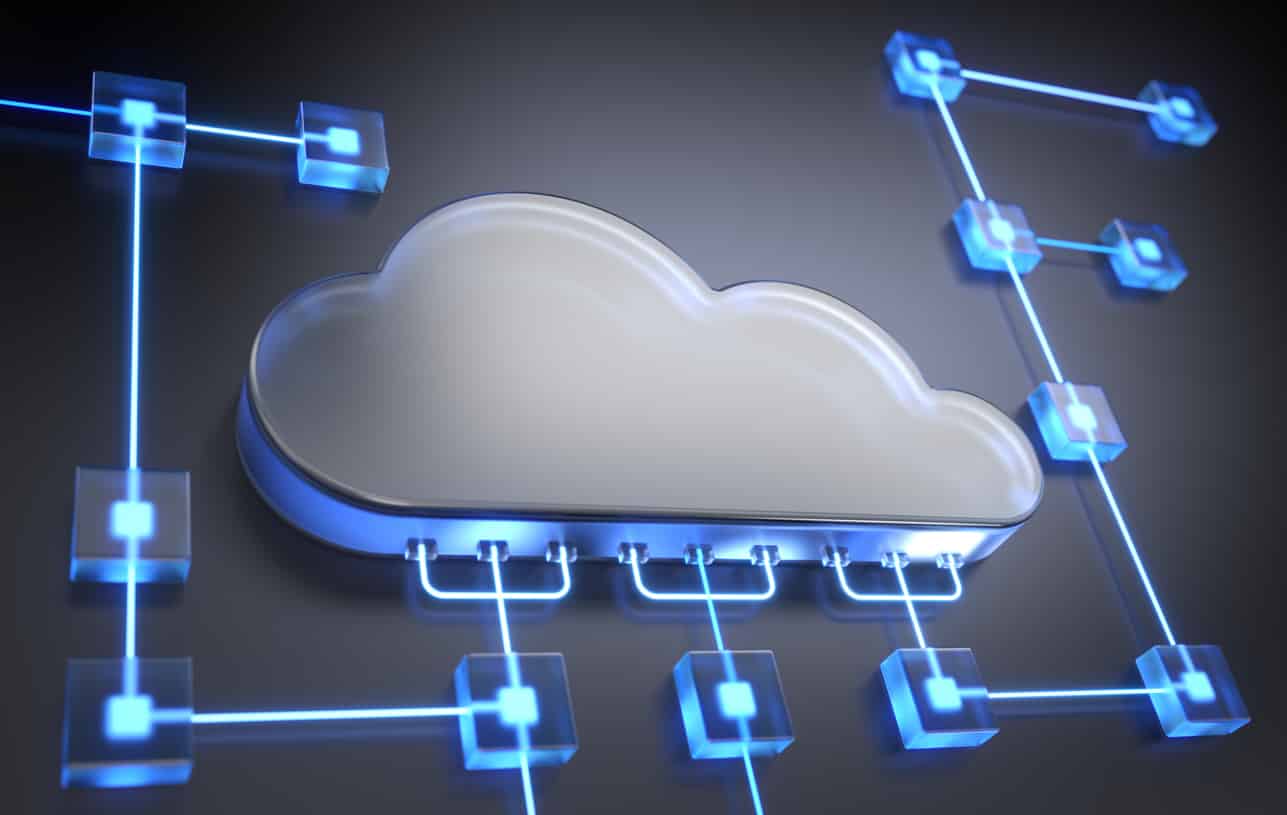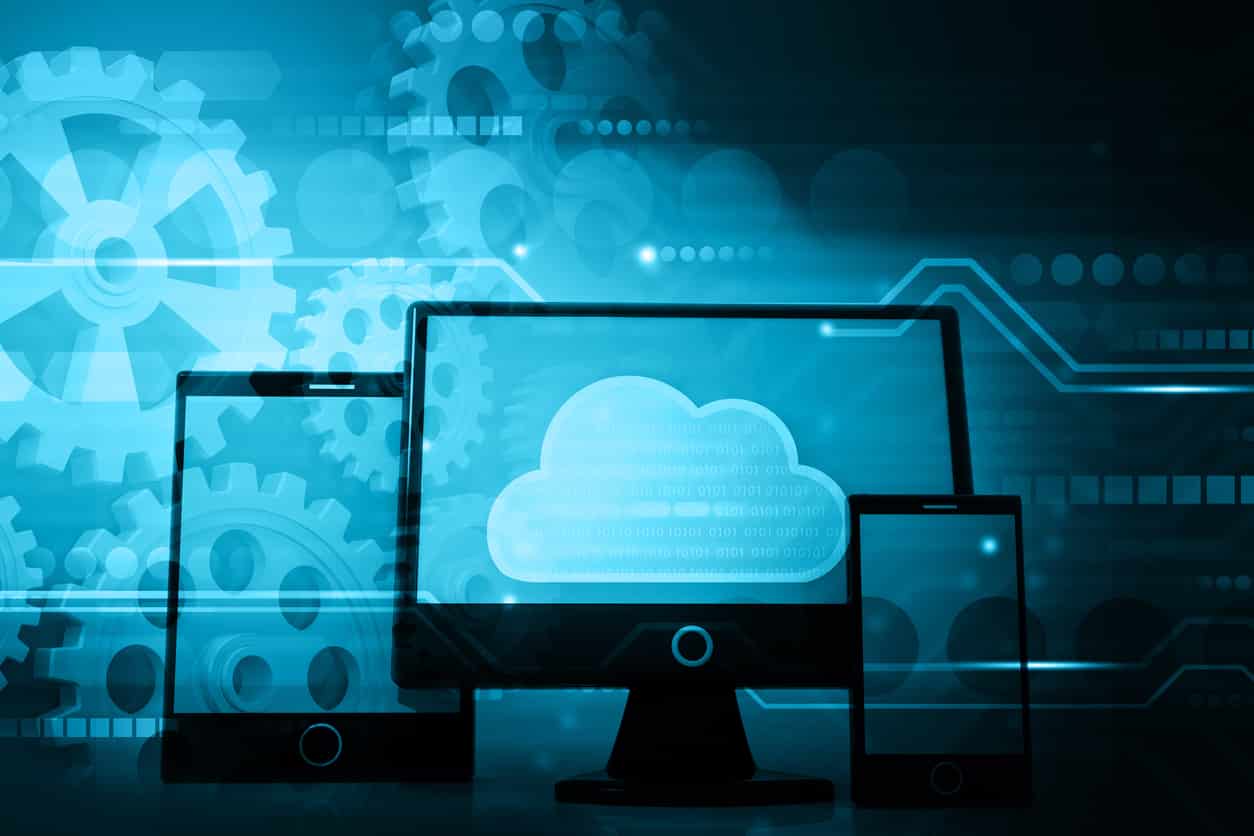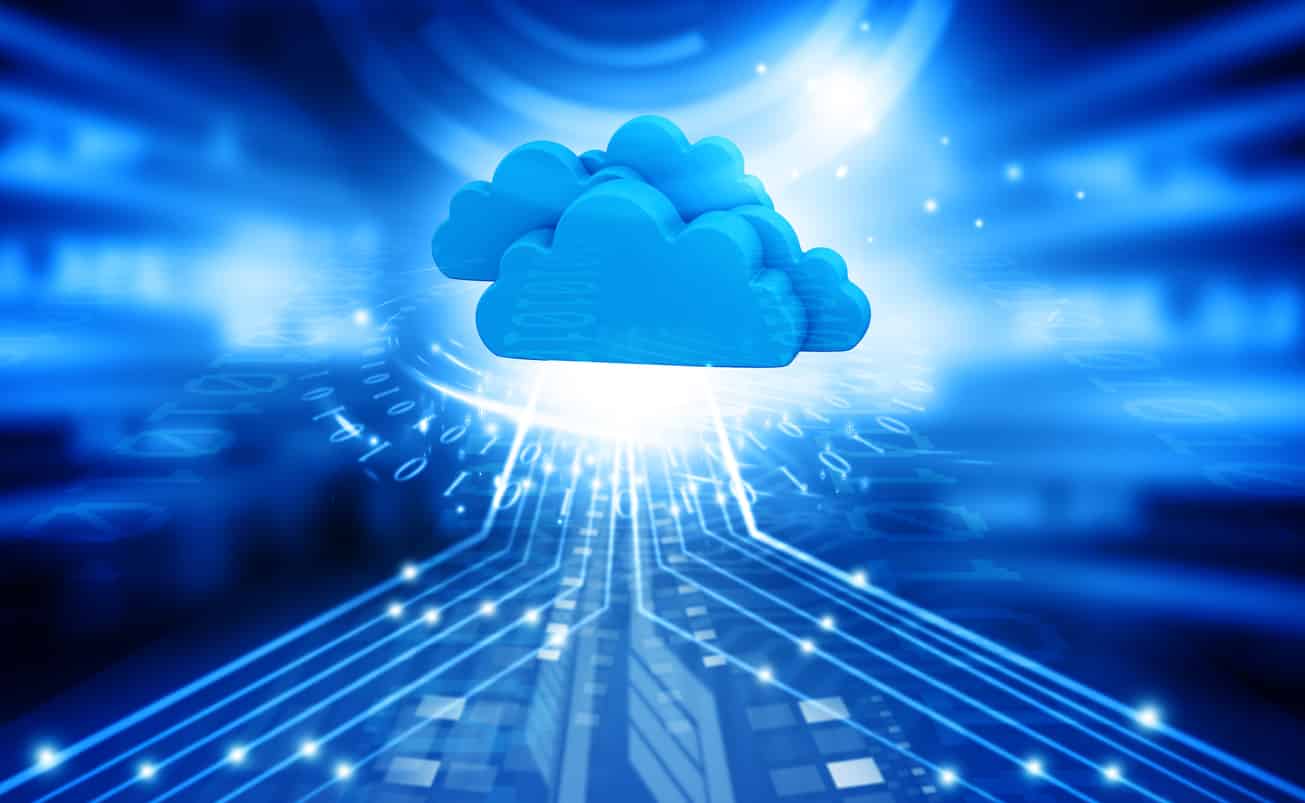Project Mentor: Mr Nirmallya Mukherjee
Contributed by: Krishnan L Narayan, Ajit Srinivasan, Shirish Mistry
Vision and Use Case
In traditional hospitals (and hospice situations), patients come into the hospital or doctor’s office when they are not feeling well or, in a worst-case scenario, they need urgent care and are brought directly into Emergency. Digital wearable devices such as smartwatches, digital blood pressure and weight scales have made it possible for patients to self-diagnose problems long before they become urgent cases that require emergency care. However, self-diagnosis can be dangerous, and it is always preferable to have doctors view remote sensor data and perform diagnosis prior to clinic or hospital admittance. The challenge is to make such data available to doctors in real-time. The patients will typically be engaged in their daily tasks in a non-hospital environment (either at home/work or in a senior facility, for example). The future of cardiovascular care is envisioned in the following way by experts in the delivery of such care:
- Incorporating remote monitoring for cardiovascular patients, using devices that record vital signs, heart rhythms like atrial fibrillation, coronary artery disease detecting heart blockages, and congestive heart failure symptoms, without being in the office or hospital.
- Enabled by IoT and Cloud Technology, these remote physiologic monitors in conjunction with best practices at the clinic, have the potential to reduce patient hospitalizations and improve care.
For this project, we have implemented a cloud-based IoT demo solution on AWS, which includes device transmitter code that simulates heart rates at the patient location, and sends the data to the AWS Cloud, where the data is stored in a NoSQL database , anomalies are detected in real-time via Streams processing, and results can displayed in a dashboard at the doctor’s office. Archival for offline analytics is also made available.
Use Case

Proposed Solution/Key Components
The solution comprises the following:
- A front-end simulator program creates data by emulating a ‘sensor’
- The sensor information will comprise the device details (unique identifier for the patient and device) and heart rate readings
- This data will feed into the AWS IoT Core at predefined intervals
- Based on the rules defined, data will be sent downstream to trigger various real-time events such as email notifications where applicable
- Downstream data will be partitioned and sorted into a NoSQL database table, which will be used to enable rapid storage and retrieval of time-series information, and to allow for critical decision-making in near-real time. Goal is to pay attention to scalability, availability, and reliability
- Based on the defined rules, real-time data will be routed to Kinesis Streams, where Kinesis Stream Application will sort data streams based on high and low heart rate and route to a separate Lambda function for real-time SNS and email notifications. Routed real-time sorted streams will be stored in a separate table in the NoSQL database.
- Dashboards will display the patient wise readings and will be designed to be made available to administrators with authorized access, for insights and action
- Downstream data will also be sent via an alternative path for archival and offline analytics with secure access as needed by medical personnel for research and regulatory purposes
Data Flow

Technical Architecture

Role of Cloud
| Sl. No. | AWS Service | Proposed Usage / Mapping to Flow | Usage / Comments |
| 1. | AWS EC2 | For hosting the Web Server for the Dashboard Application | This is located in the IoT VPC and is the platform for the Web Server and the Dashboard Application |
| 2. | IoT Core | To create the IoT landscape – Policy, Thing & Rule | The IoT Core defines the IoT Policy, Registers Sensors, maintains subscribe and publish queues, Test Client, and IoT Rules for downstream processing of the incoming Sensor traffic. |
| 3. | Lambda | Processes device_id and device_date into composite partition key, with timestamp as the sort key; and to processes Kinesis Application output streams and deposits to a separate DynamoDB table | Enable rapid retrieval of patient records by date for a particular set of timestamps associated by day for a particular device. |
| 4. | SNS | To trigger email notifications based on the “rule” setup in DynamoDB Lambda 2 | The Lambda function enables configurable emails and SNS notifications based on the Anomalies detected in the incoming streams. |
| 5. | CloudWatch Administrative Dashboard | To provide a comprehensive dashboard including web server performance log metrics as well as component log metrics | Operations / Management Dashboard |
| 6. | DynamoDB | To store the incoming device data. Two tables are proposed, one for the original device data, and the other for the Anomaly streams | Main table will store ALL incoming IoT data; the other to bifurcate based on the Heart Rate – High and Low |
| 7. | S3 | To archive all incoming data including patient data | Backup of all incoming data |
| 8. | Kinesis Data Stream & Kinesis Firehose | To stream all incoming IoT data for further upstream processing | IoT Rule sends incoming data to the stream and then to Firehose |
| 9. | Kinesis Data Analytics | To analyse the incoming data stream and bifurcate this into separate data streams for high and low heart rate timestamps | To create separate streams for high and low heart rates for further downstream processing. We have increased the role of the analytics for this iteration (interim report) |
| 10. | Glue | Definition of Data Catalog, Database & Table for Athena | N A |
| 11. | Athena | Creation of table as defined in Glue, populating all incoming data fields | For interface with Quicksight |
| 12. | Quicksight | Dashboard delivery | Historic Data Dashboards |
** Only key components are listed; components pertaining to VPC, Subnets, Internet Gateway and Security Groups have been left out to make the document more readable.
Why AWS?
- Team Skills: Major reason for choosing AWS as the preferred cloud platform for the project stems from the fact that this is the technology that all the team members have maximum hands-on experience in AWS compared to any other cloud platform
- Basket of Services: The breadth and depth of services offered by AWS overwhelms all the other cloud providers by a significant margin (over 175+ services offered by AWS)
- Been Around Longer: Since AWS was released way before the other cloud service providers, it is touted as being more robust and stable than the later platforms
- Market Leader: AWS continues to hold the top position among cloud service providers. Reference: Gartner’s latest “Magic Quadrant” report on Cloud Infrastructure and Platform services – https://www.theregister.com/2020/09/09/gartner_on_cloud_aws_fails/
- Not a Windows Application: Since the AskUs Capstone project does not use any Windows component, using a platform like Azure did not appeal as there was no need to take advantage of any existing Windows landscape
Architecture Principles and Assumptions
The analytics requirements for Remote patient monitoring fall into two major categories:
- Real-time, or near-real-time analysis of streaming data from patient sensors
- Long-term research to aid in the analysis of patient data to suit the needs of patient trials or regulatory needs. The goal of this project is to provide capabilities for both categories.
Principles and Assumptions
Managing the needs of an IoT Cloud Architecture for Medical clients requires balancing the users’ business activity and workflow issues and the associated information needs (effectiveness) with the cost (efficiency) and dynamic, improvement-readiness (dynamic efficiency) issues of the Cloud infrastructure.
This translates to balancing the (efficiency-based) need for standards with the (effectiveness-based) needs for user applications and user information. Keeping this in mind, the following principles were applied to this Capstone Project:
- Use of managed services – we believe that where there are market leader products available to fulfil a particular function, where these products have been proven to perform, then such products should be leveraged, in preference to embarking on the expensive and error-ridden path of building a custom application from scratch or possibly less expensive but less well designed and supported products. The choice of AWS platform managed services, for example, satisfies this principle
- Use of modular components with granularity and loose coupling – loose coupling refers to the decoupling of the platform and language in which the services are implemented, the communications protocols used to interact between them, and the data formats used to store, and exchange information between the modules.
- Security – The Application uses Sensitive Patient Information (SPI) – device access must be restricted not only to registered devices, but also by IP address so that unauthorized IP addresses are blocked. Administrative access to the dashboards must also be restricted only to authorized IP addresses due to SPI requirements
Future Phases
The following will be considered enhancements in future versions:
- Edge decision making on the pi-transmitter device or IoT Gateway in case of dire emergencies
- A Machine Learning model for Outcome Predictions
- Dynamic patient profiling – we can define buckets like low risk to very high risk; perhaps any high-risk anomaly data can be processed at edge pi-transmitter device
- The Machine Learning model- point 2 above – can auto shift a patient’s profile for higher alerted monitoring coupled with edge processing
CONCLUSION
Cloud Computing and IoT have the potential to enable many medical applications such as remote health monitoring, fitness programs, chronic diseases, and elderly care. Various medical devices, sensors, and diagnostic and imaging devices can be viewed as smart devices or objects constituting a core part of IoT. This solution can be envisioned to provide treatment and medication at home by the healthcare providers.
THE TEAM
Krishnan Narayan: A former Innovation Leader at IBM for the Telco Industry and a Chief Architect with 20+ years of leading, architecting and implementing Digital Transformation solutions with a variety of clients in the Computer, Telecommunications, and Energy Industries. He has been a keynote presenter at industry events, delivered learning to industry clients, and has a lifelong commitment to continuous learning in Cloud Technologies, Data Science and AI.
Shirish Mistry: Shirish is a disciplined and astute professional with more than 14 years of experience. He is currently associated with Larsen and Toubro Infotech Limited as a Specialist, on technologies related to End User Computing, Workplace Modernization and Enterprise Workstation Management. He has expertise in IT Infrastructure Management, solution design, technical support, leading technical teams for transition, transformation and delivery based on various cloud and on-premise infrastructure management technologies. He has a diverse experience working with insurance, manufacturing, legal, federal as well as International Organizations.
Ajit Srinivasan: Ajit is a professional with over 30 years of in IT Project Delivery, IT Operations, and IT Strategy primarily in the Finance domain – Banking, Credit Cards and Retail Lending & Microfinance. He has a proven track-record in delivering & implementing mission critical business solutions, Global Stakeholder Management, Program, Project & Product Management, Managing teams delivering Global Production Support SLA driven engagements, and as Profit Centre and Site Head while working with financial giants such as Standard Chartered Bank, GE Capital and Credit Suisse. Ajit is now a reborn, reinvented, rejuvenated technologist with a newfound focus in Cloud Computing.


